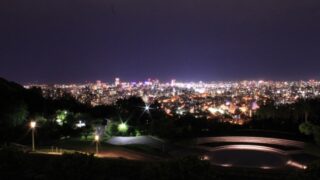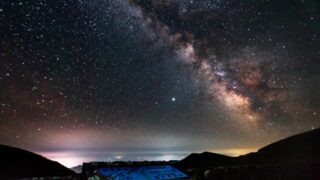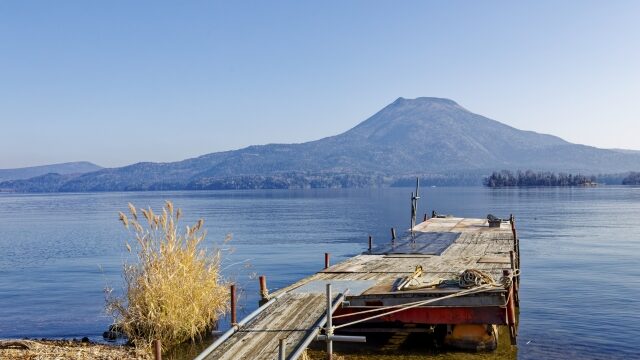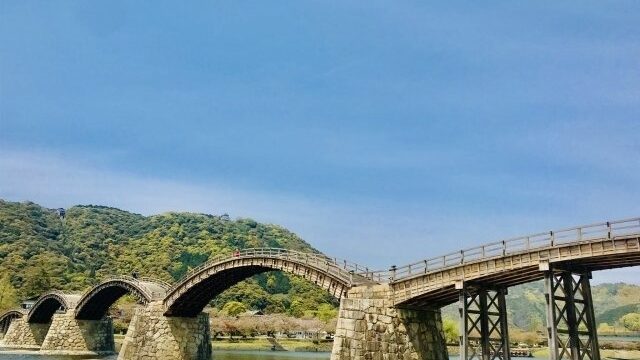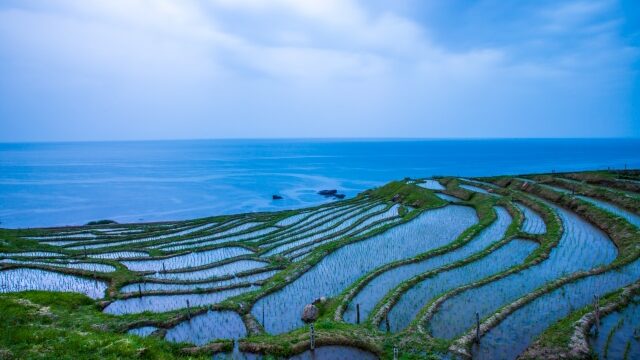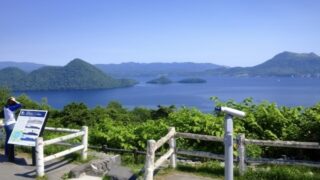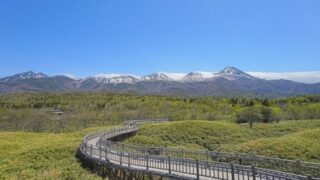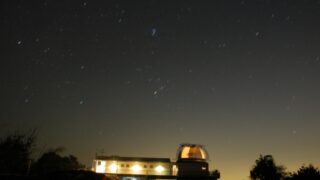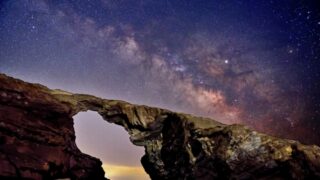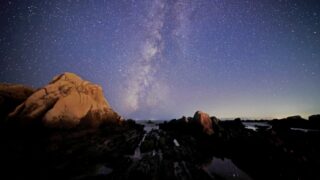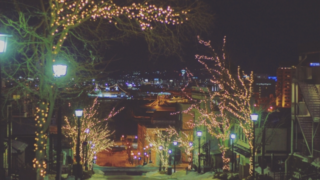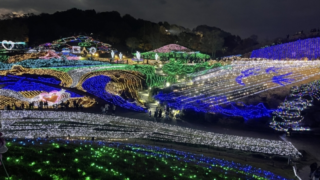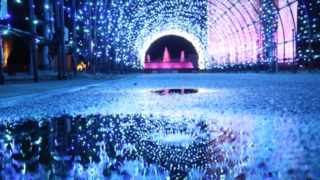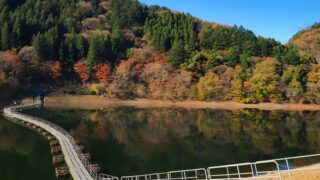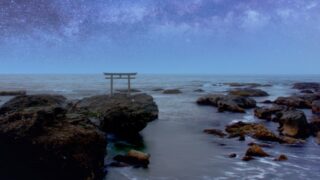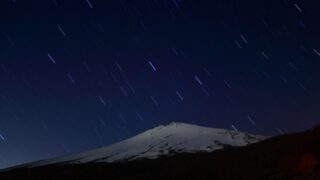Hokkaido’s northern Hokkaido area is ideal for campervan travel with its vast nature and unique scenery. The appeal of this area is that you can spend a relaxing time while taking advantage of the freedom of staying in a car. In this issue, we will introduce five spots in the northern Hokkaido area that you should visit. We will tell you about the highlights of each spot, recommended times and places to stay in your car, as well as information on nearby hot springs and local foods, giving you plenty of information on the charms of the North Hokkaido area.
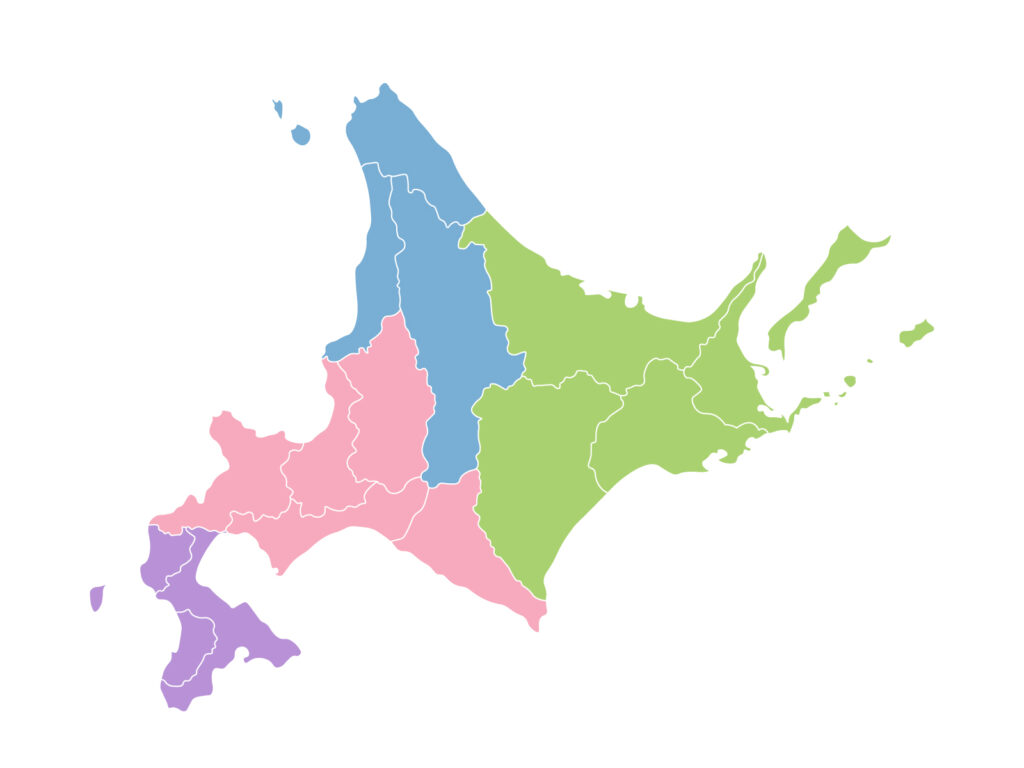
1. Cape Soya (Wakkanai City)
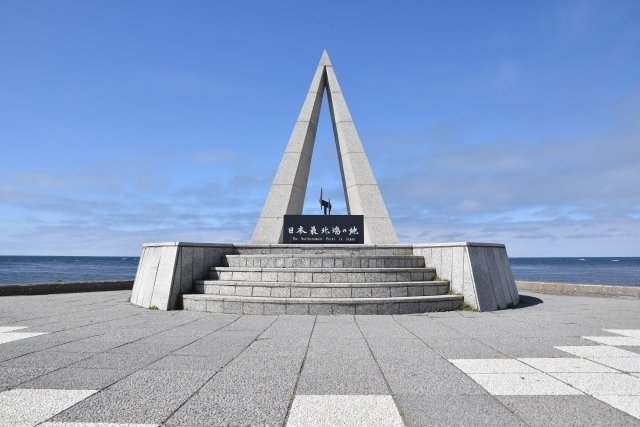
Cape Soya is famous as the northernmost point of Japan. The vast expanse of ocean and the symbol of Wakkanai, the “Cape Soya Monument,” will make you feel like you are at the end of Japan.
- Roadside Station to stop by: Roadside Station Wakkanai. You can buy local specialties and fresh seafood.
- Recommended time: Daytime. On a clear day, you can see Sakhalin in the distance and the sunset is beautiful.
- Places to stay: The parking lot of Cape Soya Park. It is quieter at night when there are fewer tourists.
- Hot springs nearby: Wakkanai Onsen “Dome” (Wakkanai Hot Spring). It is the northernmost hot spring in Japan and features a spacious open-air bath.
- Local Foods and Specialties: Seafood dishes using octopus and scallops from Soya are highly recommended. The scallops are especially fresh and sweet.
2.Sarobetsu Marsh (Toyotomi Town)
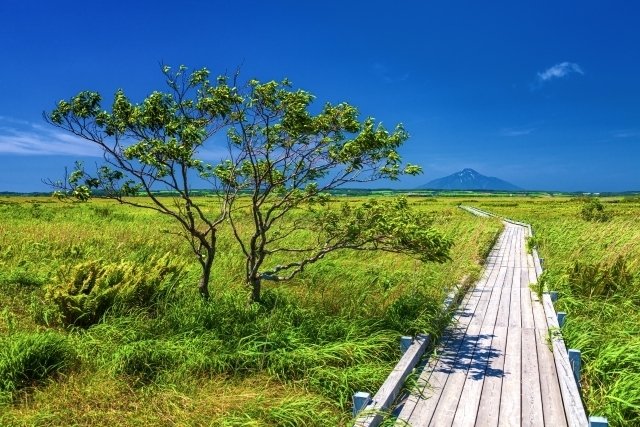
Sarobetsu Marsh is one of the largest marshlands in Japan and a treasure trove of nature viewing with abundant plants and birds. The vast landscape is perfect for a campervan trip.
- Roadside Station: Roadside Station “Wakkanai”. It offers Sarobetsu dairy products and souvenirs related to the plants living in the marshland.
- Recommended time: Early morning to mid-morning. The morning mist and the morning sun’s rays create a fantastic view of the marshlands.
- Overnight spot: Sarobetsu Wild Flower Park parking lot. Located at the entrance to the marsh, it is convenient for sightseeing.
- Nearby Hot Springs: Toyotomi Onsen. The hot springs are gentle to the skin and are famous as a therapeutic hot spring bath.
- Local foods and specialties: Abundant dairy products are famous. You can taste fresh milk, cheese, and yogurt.
3. Reindeer farm in Horonobe
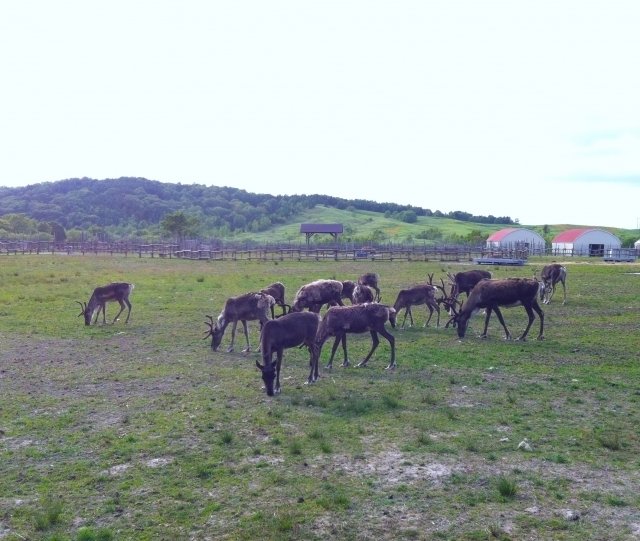
This is a ranch where reindeer, a rarity in Japan, are raised. Recommended for animal lovers, visitors can interact with and feed the reindeer.
- Roadside Station: Roadside Station Fujimi. You can buy locally grown vegetables and local specialties, as well as reindeer related goods.
- Recommended time: Daytime. The best time to visit is during the daytime when the reindeer are in full swing.
- Parking:Overnight at a parking lot near the ranch or at “Fujimi” roadside station in Horonobe-cho.
- Onsen nearby: Toyotomi Onsen. The hot springs are gentle on the skin and relaxing.
- Local food and specialties: Horonobe’s reindeer meat is used in many of the local dishes. Especially the reindeer steak is worth a try.
4. Lake Kutcharo (Hamatombetsu Town)
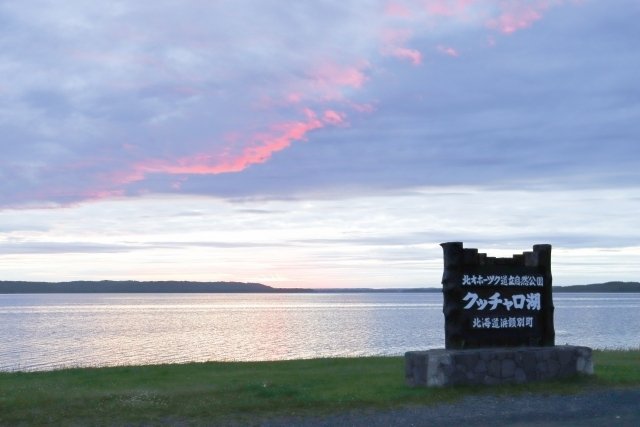
Lake Cucciaro is a famous spot for bird watching, especially for swans. Visitors can enjoy a quiet moment in a rich natural environment.
- Roadside Station: Roadside Station “Otoinetupu” is a great place to stop by and enjoy local agricultural products and fresh seafood. Local agricultural products and fresh seafood are available.
- Recommended time: Early morning to mid-morning. You can enjoy the arrival of swans and the serenity of the lakeside.
- Overnight spot: The parking lot of the Kutxaro Lakeside Campground. You can enjoy the nature near the lake.
- Onsen nearby: Hamatombetsu Onsen “Kita no Breath”. The local hot springs are well-loved by the locals and will warm you up and refresh you.
- Local food and specialties: Seafood dishes using scallops and sea urchins from Hamatombetsu are highly recommended. Fresh sashimi is especially delicious.
5. Lake Abashiri (Abashiri City)
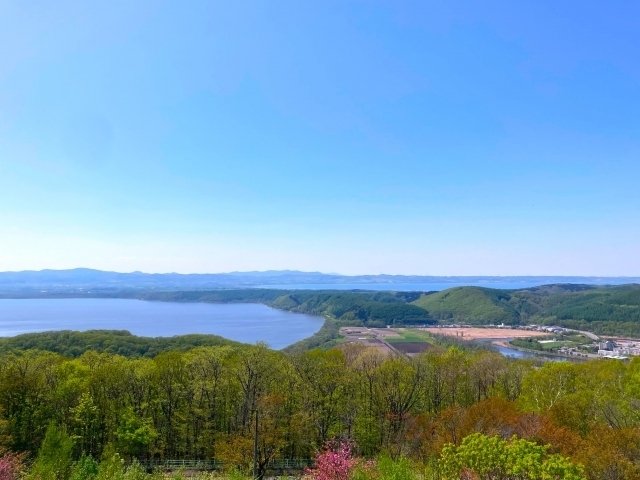
Lake Abashiri offers beautiful lakeside scenery, and its natural beauty changes with the seasons. Ice fishing for wakasagi (smelt) is especially popular in winter.
- Roadside Station: Roadside Station “Drift Ice Road Abashiri”. You can find fresh seafood and Abashiri’s specialties.
- Recommended time: Evening to night. The sunset over the lakeside is beautiful and the night is quiet.
- Parking:Overnight at: Parking lots along the shores of Lake Abashiri and nearby campgrounds.
- Nearby Onsen: Okoppe Onsen (Abashiri Onsen). The hot springs overlook Lake Abashiri and offer a relaxing view of the lake.
- Local food and specialties: Abashiri is famous for its crab and hokke (hockey) dishes. Fresh crab sashimi is especially recommended.
💬 Frequently Asked Questions
June to September is the optimal season, with July-August offering the most stable weather and long daylight hours approaching white nights. Sarobetsu Marsh flowers bloom beautifully (June-July), Lake Kutcharo welcomes migrating swans (October-November, March-April), and Lake Abashiri offers drift ice viewing and wakasagi fishing (January-March). Winter travel requires extensive cold weather preparation and 4WD vehicles due to extreme temperatures.
Cape Soya: Cape Soya Park parking lot (24-hour access, experience Japan’s northernmost camping)
Sarobetsu Marsh: Sarobetsu Wild Flower Park parking lot (ideal location for marsh observation)
Horonobe Reindeer Farm: Fujimi Roadside Station (10-minute drive to farm, well-equipped facilities)
Lake Kutcharo: Kutcharo Lakeside Campground parking (perfect for bird watching)
Lake Abashiri: Drift Ice Road Abashiri Roadside Station (lake access, drift ice information available)
Wakkanai Onsen “Dome”: ¥800 adults, Japan’s northernmost hot spring with panoramic Soya Strait views from outdoor baths
Toyotomi Onsen: ¥500-800 adults, globally rare petroleum-component hot springs famous for skin benefits
Hamatombetsu Onsen “Kita no Breath”: ¥600 adults, beloved family-style local hot spring
Okoppe Onsen (Abashiri): ¥700 adults, spectacular Lake Abashiri panoramic views from outdoor baths
Note: Winter operating hours may be shortened – confirm in advance.
Cape Soya: Soya scallops & octopus (Wakkanai Roadside Station), Rishiri kelp ramen
Sarobetsu Marsh: Toyotomi dairy products (milk, cheese, yogurt), Toyotomi milk soft-serve ice cream
Horonobe: Reindeer steak & Genghis Khan (Fujimi Roadside Station restaurant)
Lake Kutcharo: Hamatombetsu scallops & uni sashimi (local eateries)
Lake Abashiri: Hokke fish, king crab, wakasagi (Drift Ice Road Abashiri Roadside Station), Abashiri beer
Recommended Route (4 nights/5 days): ①Wakkanai/Cape Soya → ②Sarobetsu Marsh → ③Horonobe Reindeer Farm → ④Lake Kutcharo → ⑤Lake Abashiri
Total Distance: Approximately 600km
Travel Times: Wakkanai→Sarobetsu (1 hour), Sarobetsu→Horonobe (1.5 hours), Horonobe→Kutcharo (1.5 hours), Kutcharo→Abashiri (2.5 hours)
This north-to-south route from Japan’s northernmost point allows leisurely exploration of vast northern wilderness.
Essential Items: Heavy winter clothing (even summer nights can drop below 10°C), windproof/waterproof gear, insect repellent, binoculars for bird watching
Important Notes: Limited gas stations – maintain full fuel tanks. Cell phone coverage may be spotty – carry paper maps. Brown bear habitat – secure all food properly. Strong winds common – ensure vehicle stability. Monitor weather conditions closely and maintain flexible itineraries for safe travel.
Concusion
The northern Hokkaido area is dotted with spots rich in nature and unique attractions. While enjoying the freedom of a campervan, you can visit the northernmost point in Japan, beautiful lakes, interact with animals, and enjoy local delicacies. We hope you will enjoy a trip that will refresh your body and soul in the great outdoors of the northern Hokkaido area.
